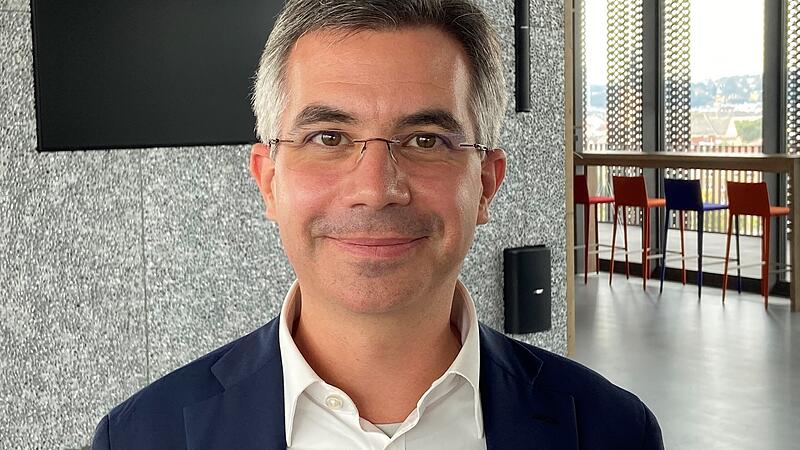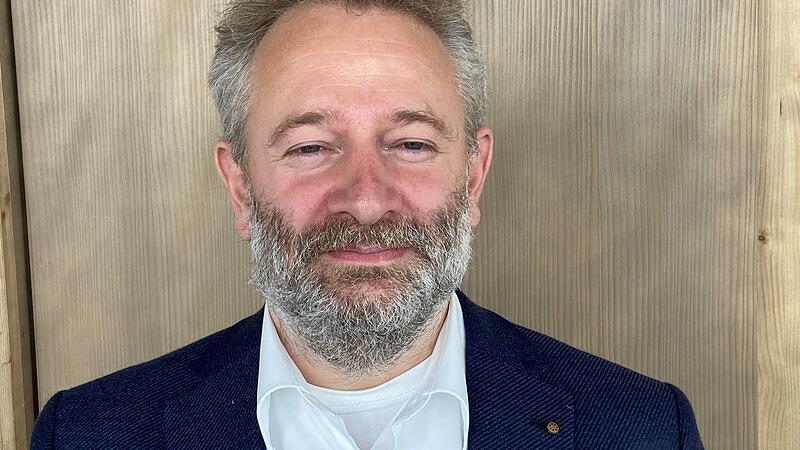Around 200,000 animals had to be used for animal experiments in Austria in 2020, up to 250,000 in the years before. Mice were hit the hardest (168,995), followed at some distance by fish (19,858) and amphibians (5021). The Kepler University is still missing from these statistics, but that will change in the coming year. The new biomedical research facility on the JKU MED campus is scheduled to go into operation in the second quarter, and then there will also be “animal-assisted research” at the JKU. The reason for this is simple: “Clinical and preclinical basic research still depends to a large extent on animal experiments,” says JKU Rector Meinhard Lukas.
The Linz way
But the JKU didn’t make it that easy for itself. “It was clear that in the 21st century this topic would have to be approached differently,” says Lukas. In a public process, experts discussed the tension between animal protection and “medical progress for the benefit of mankind”. “We then decided on a restrictive approach,” says Wolfram Hötzeneder, deputy Dean for research at the medical faculty of the JKU. The result is called the “Linzer Weg”. A “Yes, but…” as required by the Animal Welfare Act has become a “No, but…”. Animal experiments are therefore only possible at the JKU in exceptional cases, for example if there are no alternative methods.


Lay people decide
A separate Animal Ethics Council, made up of six experts and six laypersons, decides whether there is an exception. Each animal experiment must be applied for and individually checked. This is followed by an anonymous vote using an online tool, in which a majority must be found. The model is Sweden, where this model is even anchored in law. In this way, the population should be involved in these delicate decisions. “I think it’s a matter of consideration. As a doctor, I naturally see the sick patients who place great hopes in every new drug. On the other hand, there is the stress that animals have to suffer for research,” says Hötzenecker.
The ultimate goal is to exit
The long-term goal is to completely dispense with animal testing. The key on the way there is the 3R principle (Refine, Reduce, Replace), which stands for improve, reduce and replace. “The goal must be to reduce animal testing as much as possible and eventually to abolish it altogether. I think we’re on the right track, but it will take years or even decades,” says Hötzenecker. Until then, it is also about the “best animal experiment”, i.e. the highest standards in preparation, animal husbandry and implementation. So far, there are only a few areas that can be avoided entirely, for example when hygiene products are tested for allergies or skin reactions – medical products mind you, because animal testing is already banned for cosmetics anyway. Otherwise, it’s about efficiency and a culture change in science. If, for example, refuted hypotheses are also published, other scientists can fall back on them and save themselves detours and the animals from experiments.


Largest congress in Europe
The JKU is also committed to the task of helping to develop alternative methods for animal testing. An extraordinary professorship with a focus on animal replacement methodology is currently being advertised. In addition, 250 experts from animal welfare, industry and science are currently discussing alternatives at the MED Campus of the JKU. It is the largest congress of its kind in Europe. It is organized by EUSAAT, an association of various interested people, institutions, companies and organizations. “For me, it’s about doing good science and, wherever possible, collecting scientific data that doesn’t require animal testing,” says Winfrid Neuhaus, President of EUSAAT. As a European 3R platform, EUSAAT offers know-how, a comprehensive network and also supports appropriate training measures. The “European Congress on Alternatives to Animal Testing” runs until Wednesday.
More information about the congress can be found here.
All statistics on animal experiments in Austria can be found here on the website of the Federal Ministry.
The EU Commission offers Europe-wide statistics here.
Source: Nachrichten




